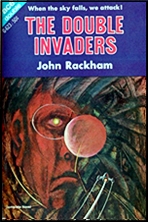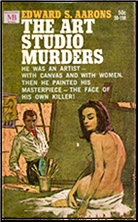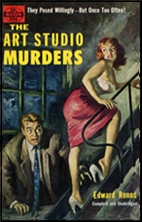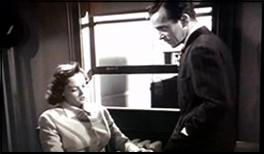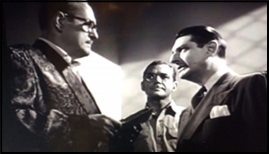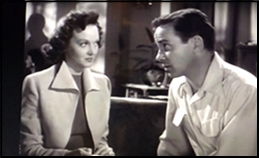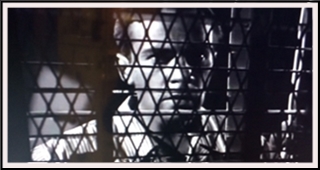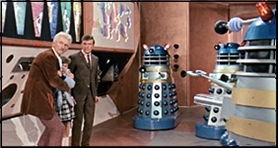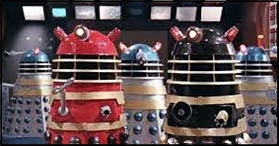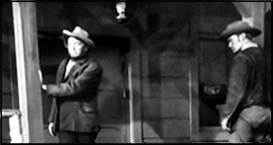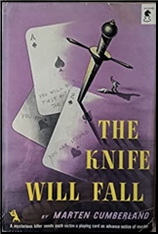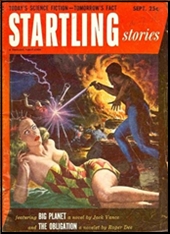Book and Pulp Collecting During the Pandemic
or a Report on Pulp Adventurecon 2020
by Walker Martin.
This has been a terrible year for conventions. SF conventions, Windy City, and Pulpfest, all cancelled and postponed to next year. For 50 years I’ve had my choice of shows to attend, usually going to Pulpcon/Pulpfest and Windy City. But for the first time I had no convention to attend until Pulp Adventurecon on November 7, 2020. A couple months ago I would have said that there was no way the show could be held because of the NJ lockdown mandated by Gov. Murphy.
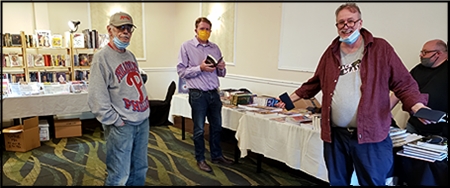
Left to right: Walker Martin, Matt Moring, Scott Hartshorn,
and William Maynard seated.
But somehow, against all odds, Rich Harvey and Audrey Parente managed to organize a show despite the virus increasing in NJ. Social distancing was the rule with masks and hand sanitizer available. The venue was new with the location moved to Mt Laurel, NJ at the Clarion Hotel. I don’t believe we will be returning to the Bordentown location.
The dealer’s room was very large with 16 dealers and around 30 tables. The pandemic kept attendance down but there were 60 to 80 attendees. However, as you can see from the photo of the room, often the room appeared almost empty. Here are my snapshot impressions:
Author and dealer Darrell Schweitzer had his usual table but did not appear to sell much.
Matt Moring and I shared a table but between us we sold only four pulps. However we came to buy, not to sell.
Gary Lovisi and his wife were present with the new Paperback Parade issue. Gary also filmed a report on You Tube.
John Gunnison had six tables and appeared to be selling well.
Ed Hulse said this show was better that the last two Pulp Adventurecons combined. At least for him.
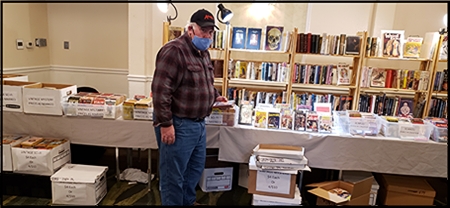
Ed Hulse.
Paul Herman had a table full of paperbacks and did well.
William Maynard sold many books that he heavily discounted.
Martin Grams shocked me with his “Going out of business” sale. For many years he has been selling DVDs and writing books about the old TV series. But he soon will be opening a Coffee shop and his last book will be the one on the Lone Ranger.
Digges La Touche usually stays all day buying pulps but this year he was in and out before I even arrived. The virus has changed our buying habits.
What did I buy? William Maynard sold me a set of the Sanders of the Rivers stories by Edgar Wallace. Ed Hulse sold me a couple nice looking books on L. Ron Hubbard, and John Gunnison sold me three pulps that I had once owned. It seems that I had traded off these issues but as I often do years later, I start collecting them again.
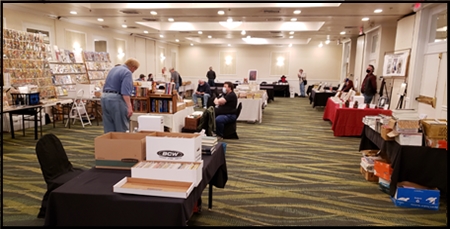
Dealers room.
The big buy for me was the silver anniversary issue of Top Notch, March 1935. I had mistakenly sold it 20 years ago and it took me all this time to find another copy. I also bought a copy of the May 1939 issue of Dime Detective which I used to own. It has a great titled story by Cornell Woolrich, “The Case of the Killer-Diller.” I also use to own the Dime Mystery issue for October 1947. If you collect Black Mask and Dime Detective, you should also collect the other Popular Publication detective titles such as Dime Mystery, Detective Tales, New Detective. I’ve been in the pulp collecting game so long that I’ve started to collect titles for the second time around.

John Gunnison, on the right.
For several years I’ve been hosting a brunch get together for my long time friends on the Friday before the show. This year, after much thought, I decided to go ahead and have a scaled down version of the lunch. There were six of my closest pals in attendance:
Matt Moring–In addition to being in charge of Steeger Books and Altus Press, he also collects pulps and original art
Paul Herman–Dealer, art collector, and Black Mask collector.
Nick Certo–Book dealer and art collector.
Scott Hartshorn–collector of all sorts of bizarre things and art collector also.
Ed Hulse–Now for a couple friends who are not art collectors. Ed is editor and publisher of Blood n Thunder magazine and Murania Press books..
Digges La Touche–Book, pulp, and dime novel collector. Not too many dime novel guys around anymore. He also is the last of the pulp excerpters. I remember when there were a lot of old time collectors excerpting pulps and making home made books of the excerpted stories.
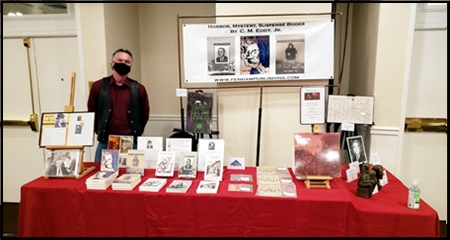
C. M. Eddy material (Weird Tales author and friend of Lovecraft).
I just added up the years I’ve known these guys. Over 200 years between them! Some good deals were made at the pre-convention brunch also. Matt sold a three volume Steeger Books edition of H. Bedford Jones complete John Solomon series. A set of preliminary Larry Schwinger drawings for his Cornell Woolrich paperback covers were sold. Several issues of Western Story were bought. After the brunch we found a new place to eat dinner near my house. PJ’s Pancake House and Tavern. Once again I noticed that I’m often the only drinker. This must mean something but I haven’t figured out what. Maybe a Nero Wolfe connection? Or tough private eyes?
We stayed at the convention until almost 4 pm and then went to Mastoris Diner, another post-convention tradition. Good friends, good food, good drink, as my old friend Harry Noble used to say.
So thank you Rich and Audrey for taking the big risk and putting on the convention. Hope to see you next year without the pandemic! Also thanks to Paul Herman for taking these photos.
I hope to see many of you at Windy City in April and Pulpfest in August next year. I don’t know if I can survive another such year as 2020.
